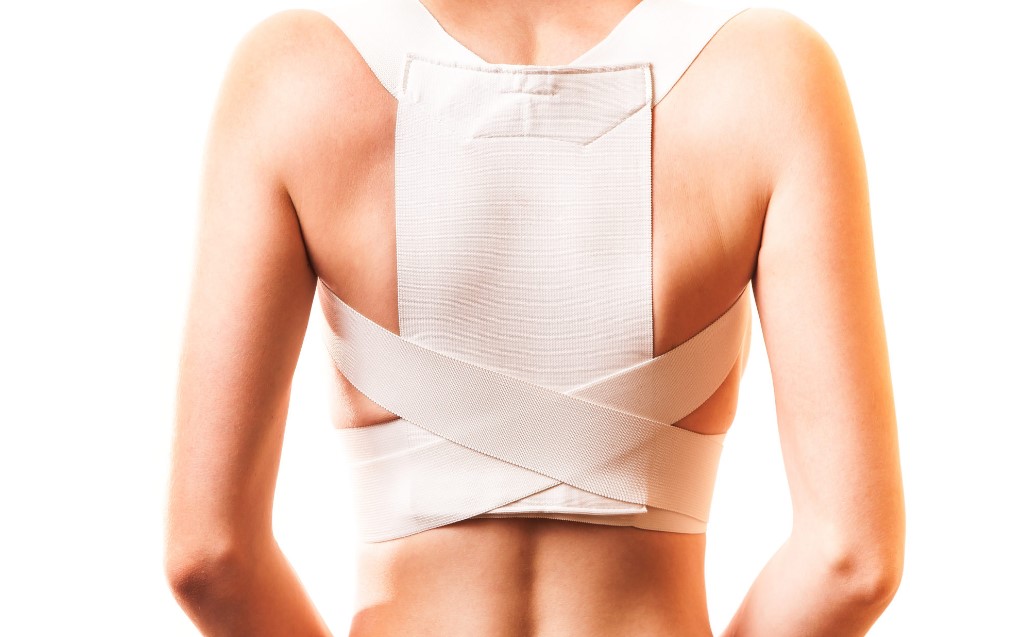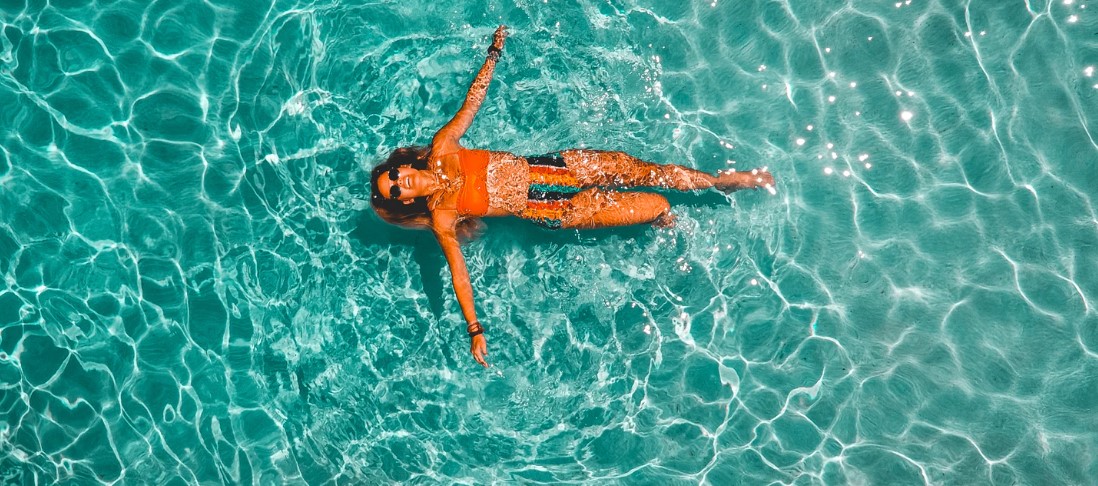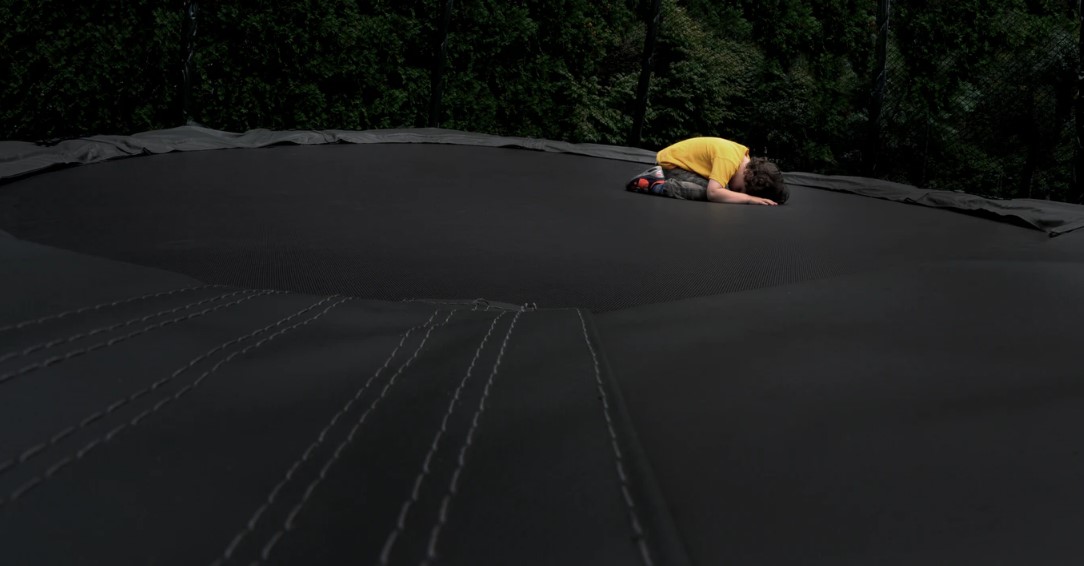Sports to Avoid (and Those to Play) with Scoliosis

While many parents express concern over letting children with scoliosis to participate in athletics, exercise is important to any successful treatment plan. Knowing the activities to avoid, and those to engage in, can go a long way to ensuring individuals with scoliosis are not left out on sports they love, but still be conscious to those they ought to limit their participation or avoid all together to avoid aggravating the condition.
Worst Sports for Scoliosis
While participating in sports doesn’t cause scoliosis, certain repetitive or high-risk activities can worsen the problem. The sports and activities to avoid wit scoliosis include:
-
High impact sports
Impact sports like rugby, football, and hockey aren’t recommended for individuals with scoliosis. They could cause “impact injuries” due to falls and high-speed bumps during matches. This can cause spinal fractures and joints damage, which aggravates scoliosis progression.
-
Weight lifting
Because of the weakness caused by having an uneven spine, individuals with scoliosis risk discomfort and further deterioration when engaging in weight lifting. Scoliosis causes unnatural movements within the body of sufferers, which can be placed under more stress by repetitive motions and heavy loading.
-
One-sided sports
Sports like tennis, skiing, javelin throwing, and golf among others that place one side of the body under increased stress or performs certain movements more than the other are not good for scoliosis. They run the risk of unevenly working the spine, and can lead to discomfort and further progression of the scoliosis curve.
-
Sports that hyperextend the mid back
Repeatedly extending the thoracic spine, like in a backbend, causes the vertebrae to rotate further into the hollow of the scoliosis curve. This often aggravates rapid progression. Unless they limit bends and use modified poses, engaging in ballet, gymnastics and yoga can have negative consequences for scoliosis sufferers.
Best Sports for Scoliosis
Sports are generally safe for children with scoliosis, as long as they are careful about limiting activities that put undue pressure on the spine. Some exercises are particularly beneficial and are recommended as part of the treatment plan.
- They help keep the body nimble and prevent stiffness.
- They strengthen the muscles that support the spine.
- They boost self-esteem, as well as support overall health.
For those with scoliosis, the safest sports and exercises are those that don’t jar the spine. The best sports to play with scoliosis that helps support the spine include:
-
Cycling
Cycling is a low-impact sport that gives a great cardiovascular workout without worsening scoliosis curves. However, off-road cycling should be limited as it can compress the spine with high-impact jolting.
-
Soccer
Soccer strengthens the core muscles supporting the spine, and can help preserve the natural curvature of the spine. It is especially a beneficial sport for young athletes with curvature in the mid-back.
-
Swimming
Swimming is highly recommended for scoliosis as it helps strengthen the spine in an almost weightless environment. Swimming uses more of the body muscles-and in a more balanced and symmetrical manner-than any other sport. Those with thoracic scoliosis should however avoid competitive swimming, as the thoracic spine may flatten from swimming laps for hours, aggravating curve progression.

-
Stretching
Stretching regularly relieves tension and helps restore range of motion. It can be particularly helping those with scoliosis, and if done strategically, it can help counteract the progression of the spine’s curvature. Modify your yoga poses instead of those that hyper-extend or rotates the spine severely.
-
Strength Training
Strength training, if done properly, can make stronger muscles that are able to support the spine. To avoid added stress to your spine, increase the weight very slowly. Avoid lifting weights over the head and squatting, as it can compress the spine.
Is Walking Good for Scoliosis?
Generally, activities that don’t involve a collision or purely one-sided motions are excellent options for scoliosis patients. Walking can help keep your bones strong. That is especially important if you have to deal with scoliosis as you get older.
Is a Trampoline Bad for Scoliosis?
Jumping on trampolines is bad for children with scoliosis. It can lead to rapid progression of spine curvature and postural collapse since jumping compresses the spine with every bounce. While a trampoline may be excellent for strengthening your leg muscles, those having a lumbar type of scoliosis should avoid it. The downward force stresses the spine and worsens scoliosis.

Exercise makes healthy and happy people, and scoliosis shouldn’t stand in the way of your happiness. Staying active can help improve scoliosis and the irregular spinal curves it causes. There are often pros and cons to specific sports or activities in relation to your type of scoliosis. Always seek your doctor’s advice on the best exercise for scoliosis that will work for you.


![Good Posture for Bassists [Best Posture for Playing Bass]](https://www.goodposturehq.com/wp-content/uploads/thumbs_dir/Good-Posture-for-Bassists-prlo9r28a7kjuccnls4l0ln7wus4y8khcjvamosmhg.jpeg)
![Good Posture When You Draw [How to Get the Best Position]](https://www.goodposturehq.com/wp-content/uploads/thumbs_dir/Good-Posture-When-You-Draw-prlnpziekmihpj280qk0337a867a3d3oaq0qc83nbo.jpeg)
![Driving Posture Support [How to Achieve a Good Driving Position]](https://www.goodposturehq.com/wp-content/uploads/thumbs_dir/Driving-Posture-Support-prlmshjh06nlxtpymr9nq1iw2tbcrp420x0rm7rr2s.jpeg)
![Safest Driving Position [And Comfy for Long Trips]](https://www.goodposturehq.com/wp-content/uploads/thumbs_dir/Safest-Driving-Position-prlllxejk8e89fjh5czrts5jsr32925ku9nbd6vgt0.jpeg)